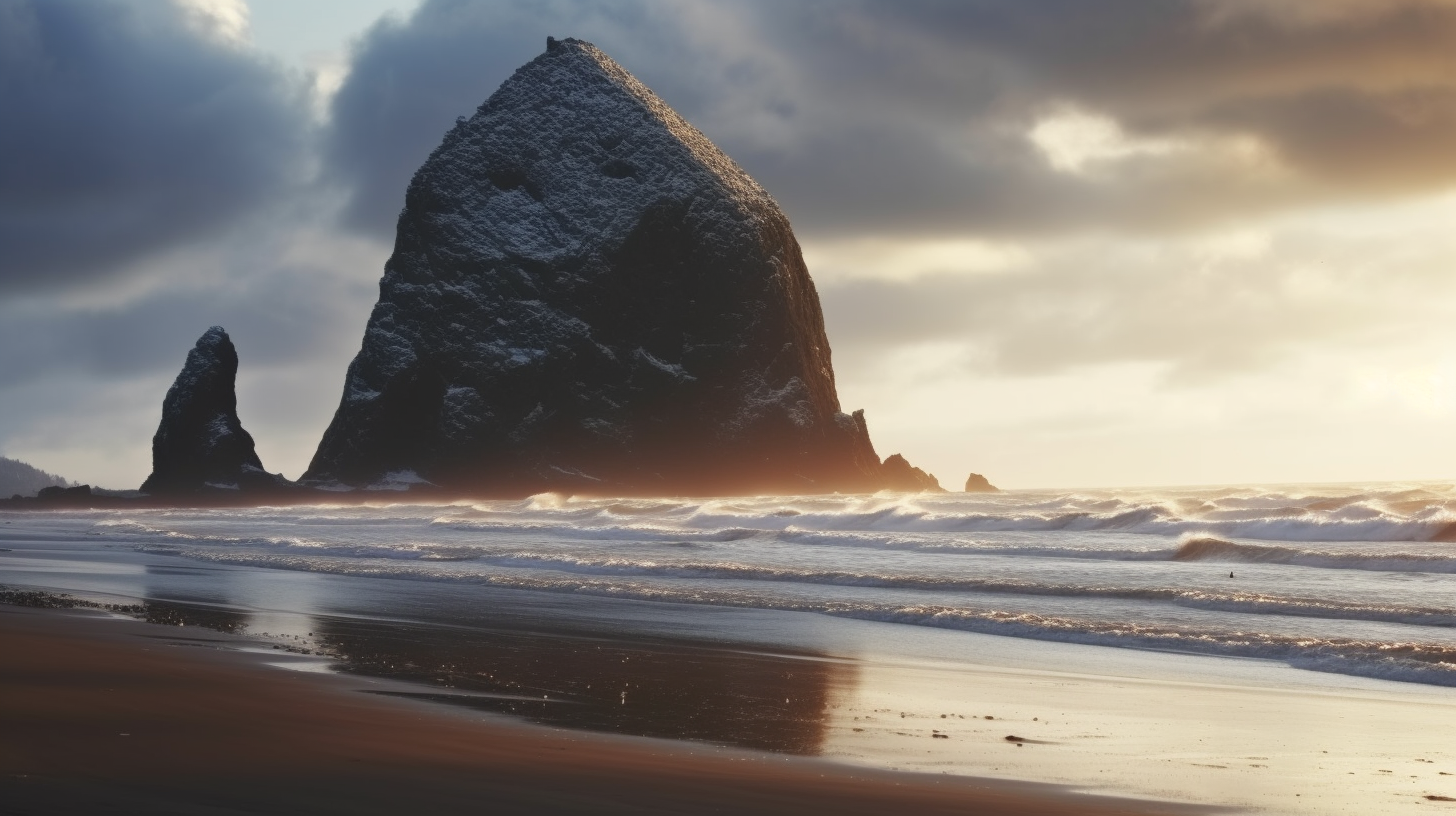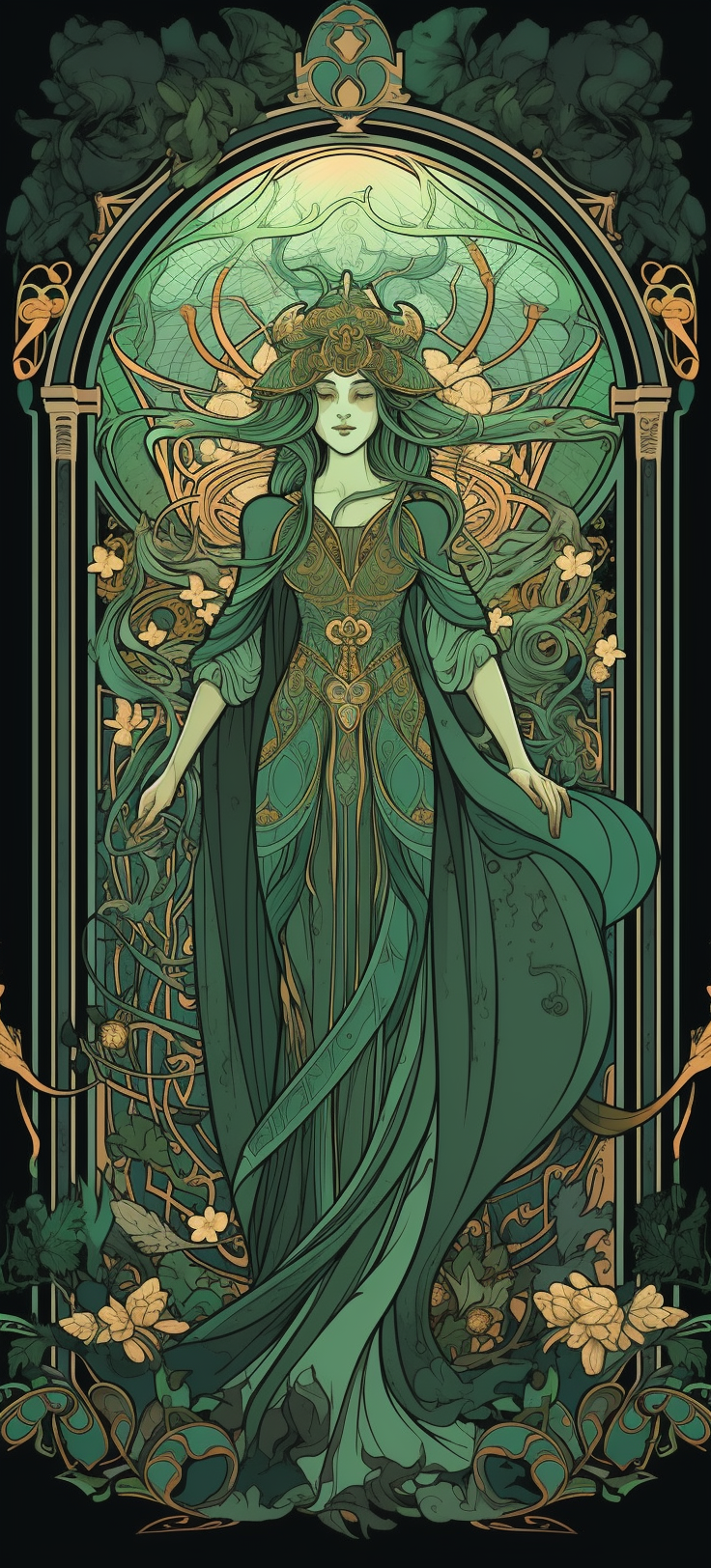Reiki is a Japanese meditative healing art. Reiki translates to “Universal Life Energy” with “Ki” meaning “Chi.” Reiki facilitates your healing, refreshes your peace of mind, and restores your connection to the Cosmos.
Learn About Reiki’s Benefits
The Reiki spirit connects with your sensory field and synchronizes you to frequencies of health and abundance. Reiki has been shown to accelerate the physical healing processes of the body, increasing wellness and significantly reducing the time it takes to recover from injuries and disease. Reiki is increasingly employed at a large number of hospitals including clinics connected to Duke, Johns Hopkins, and Sloan Kettering, and has been studied at Harvard University and taught at Yale School of Medicine.

Do you sense old wounds in the soul that seem to connect to recurring ailments? Do you find yourself experiencing the same situations again and again? Reiki practitioners believe that the sacred, meditative energies of Reiki also heal the mind and spirit, removing energetic blockages that manifest as negative patterns, habits, and eventually illnesses.
Reiki supports natural healing and is often used as a complementary therapy with other treatments. Reiki can also stand alone as a holistic healing modality, as originally used by Mikao Usui in Japan. The Reiki client’s mind, body, and spirit heal themselves more quickly with Reiki.
Reiki has other positive uses! Reiki is not only used for healing; Reiki is a popular tool for relaxing, enhancing creativity, elevating perspective, and deepening connection to spirit.
Reiki promotes alignment with the Universe for the client’s highest good. Reiki illuminates what needs to be healed, dissolving negative energy. Healing the field of body-mind enables the healing of all aspects of a person’s life.
Learn Our Approach To Reiki
We practice Reiki from green Cascadia, the lush Pacific Northwest bioregion. Cascadia stretches from southeast Alaska to Mount Shasta in Northern California. Cascadia was named for shimmering waterfalls that cascade down from her rainy volcanoes and high glacial peaks. We endeavor to continually connect with the land: frequenting mossy forests, rocky beaches, and quiet mountain tops.
Geologically, Cascadia bears a startling resemblance to the planet Venus! Cascadia’s verdant mountains and mineral-rich hills are comprised of basalt. The largest basaltic lava flood known on the Earth occurred in this region, depositing up to 90,000 cubic miles of basalt in just the Columbia River Basalt Group. The lava flow covered most of Washington and surged along the Oregon coastline. Like Cascadia the surface of the planet Venus is almost entirely basalt, as are large portions of the moon’s surface.
We find that Cascadia’s rich basaltic soil, breathtaking forests, and starry nights hovering over the ranges of towering volcanoes carry energetic resonance with the planet Venus and are excellent antennae for channeling the divine feminine.
Although Reiki energy is universal, we feel it is of service to Reiki to honor the place it is practiced in. Reiki’s founder Mikao Usui first experienced Reiki near a waterfall on a mountain in his home country of Japan: an archipelago of rugged coast, temperate rainforest, and nearly seventy volcanoes.
Surprisingly similar to much of Usui’s Japan, Cascadia curves along the Pacific Ocean’s Ring of Fire and contains vast temperate rainforests and active volcanoes including Tahoma (Mt. Rainier), Mount Hood, Ako-Yet (Mount Shasta), and many others. Cascadia features gorgeous rocky coasts, sea caves, and monoliths made of cooled magma reaching back towards the beaches that birthed them while herds of elk roam in the shallow waters.

In our Reiki practice, our Reiki is infused with the supportive frequency of our home. We visit sites of power and make offerings of amber incense, candle flame, and Buddhist prayers to the living land spirits who transmit the healing vibrations of Cascadia through our Reiki.
Learn Where Reiki Came From
Reiki knowledge appeared in the modern world through Japanese Buddhist priest Mikao Usui (1865-1926). Within the Reiki community fog covered Mikao Usui’s story for decades. Beginning in the ’90s, increasing contact between Japanese and Western experts illumined much of Usui’s history.
Mikao Usui:
- Astrologically a Leo Sun, Gemini Moon (likely), Mercury in Virgo, Mars in Virgo, Venus in Cancer.
- According to his tombstone, Usui discovered Reiki secrets in the text Tantra of the Lightning Flash. He believed Gautama Buddha taught mysteries of Reiki.
- Descended from the Chiba clan, hatamoto (bannerman) samurai.
- Usui was raised to be a samurai, receiving Buddhist training and learning about Ki energy (which is used in samurai yells).
- Taught at least 2,000 people Reiki.

A locally specific convergence of mystical beauty, natural divinity, and benevolent beings formed the nuanced context of Usui’s Reiki transmission.
After seven centuries of prominence in Japanese culture, the samurai class swiftly dissolved during the Meiji Restoration when Usui was a young man. Well-educated and ambitious like other young samurai, Usui pursued his destiny in new fields and foreign exchange programs. While his peers turned to business, media, or government work Usui focused on magic and medicine.
Usui traveled Europe, China, and the United States learning healing arts and studying religion. He studied Zen Buddhism, Taoism, and Tantric Buddhism. He likely practiced Shugendō, a form of Japanese mountain ascetic shamanism. The activities of Shugendō practitioners include fortune telling, divination, prayer, ritual incantations, and exorcisms. Individuals, families, and clans employed Shugendō to heal disease or avoid misfortune.
Usui encountered the Reiki spirit on Mount Kurama north of Kyoto only four years before his death. It is unknown why he was practicing at this location (accounts vary) for three weeks, but Mount Kurama is accepted as the birthplace of Usui’s initiation with Reiki. Usui immediately recognized the power of Reiki and began applying Reiki healing to himself and others.
Numerous spiritual legends converge on Mount Kurama, together informing Mikao Usui’s initiation with Reiki.

A statue of Amitabha Buddha stands on Mount Kurama. Amitabha is the Buddha of Infinite Life and Infinite Light. He invites all beings into his Pure Land, a heavenly universe where all who ask him are allowed to safely pursue enlightenment in bliss.
In folklore, the swordsman Sōjōbō also dwells on Mount Kurama, lending his mystical potency and reputation to the mountain. Sōjōbō reigns as a king of the tengu (“long-nosed goblins”), bird-like magical creatures renowned as great sword masters. Sōjōbō possesses the strength of 1,000 Tengu and his name translates to “Buddhist high priest mountain ascetic.”
Locals honor the tengu with masks and statues.
Finally it is taught that Usui meditated under Mount Kurama’s tallest bubbling waterfall as well as next to a sacred tree. This sacred tree spirit (kami) represented the god Goho Mao Son, who conquers evil and instructs mankind. According to remarkable texts produced by the Kurama Temple, Goho Mao Son came to Earth from the planet Venus six and a half million years ago. In some stories, Goho Mao Son came to Japan as a meteorite. High on Mount Kurama, behind a small shrine, through an iron fence is the aged sharp-scented cedar tree in which Mao Son is believed to reside. According to the Kurama-Kokyo sect of Buddhism operating his temple, this spirit is the secret mountain master. He works to save the world.
From Buddha to tengu to alien visitor, supernatural beings weave themselves into Reiki’s stories of mountain and place. All influences are relevant. Reiki is specific and general, local and universal. Reiki treatments apply to minor bodily problems, to major imbalanced situations operating in your life that cause psychosomatic illness, and every level in-between.
Usui found Reiki to be a superior healing method drawing on energy available everywhere. This meant Usui no longer lost his own life energy healing patients, as he purportedly did during his experiences with Keiko and other healing techniques. Divine energy is limitless and everywhere—as much as the channeler and recipient will to receive it.
The Japanese Reiki tradition is a century old; Usui began giving Reiki in the 1920s.
From 1940-1980, Reiki healing spread to the West through the Japanese-American teacher Hawayo Takata. The naval officer Chujiro Hayashi (Usui’s advanced student who standardized and simplified Reiki education) trained Takata in Tokyo before World War II. Takata Christianized Reiki for her American audience and passed on Reiki training restrictively through oral instruction.
In the 1980s Western Reiki reorganized. Many unique and experimental Reiki lineages emerged. Japanese and Western Reiki families rediscovered each other in the 1990s, comparing methodologies after fifty years of isolation. This fruitful trade of experience across the Pacific and between newer schools globally keeps Reiki practice fresh, alive, and dynamic.
Learn More
If you would like to learn more about our Reiki practice, visit the Meet The Team page and read our Testimonials! If you think you’d like to read our FAQs and try our Reiki sessions make sure you visit our home page and Book A Session now!

